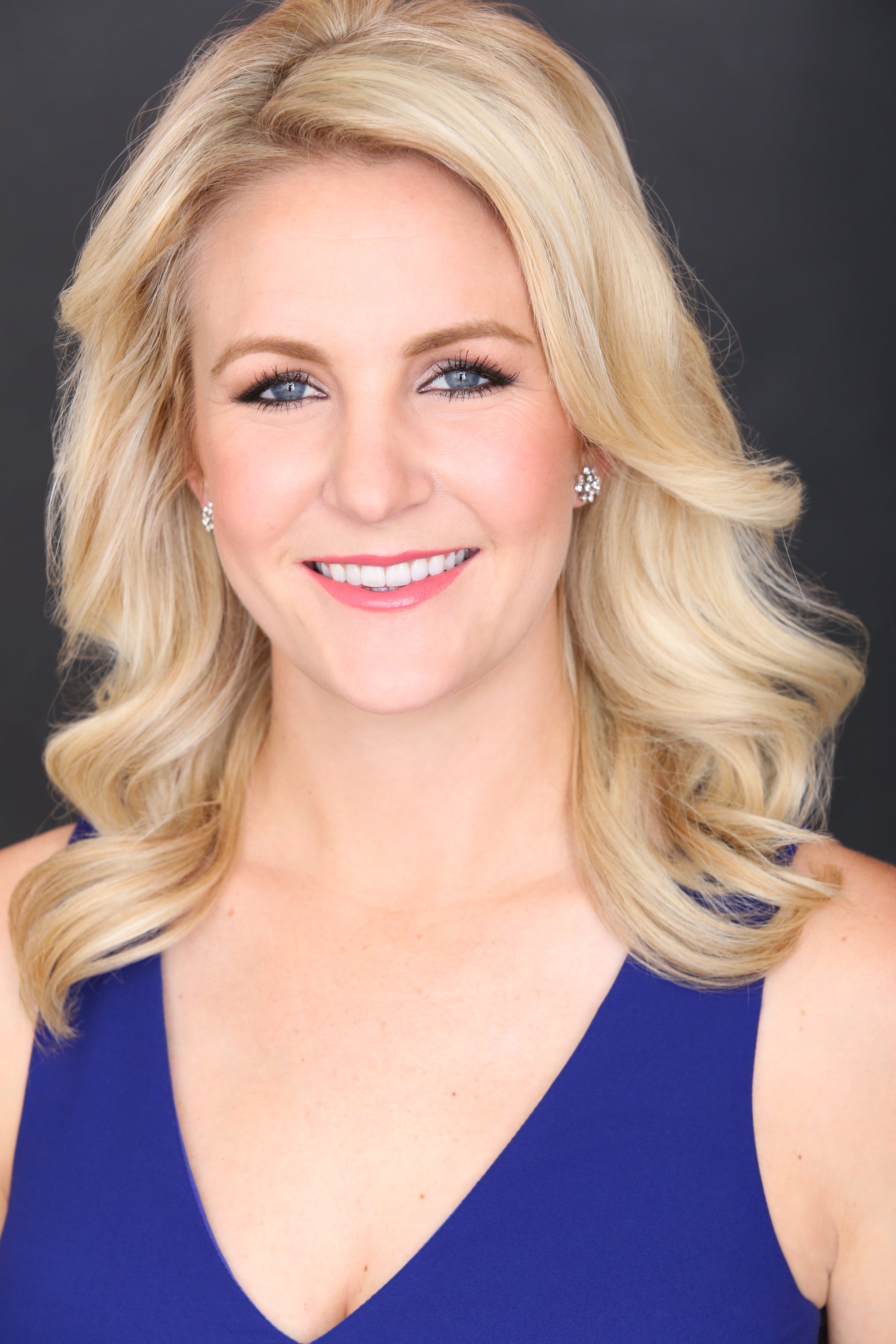
Claude Harmon has had a long run as Dustin Johnson’s coach.
Getty Images
If you’ve ever taken a golf lesson with an instructor, your session probably followed a common formula: You take a few swings, talk about your goals, and receive an assessment.
But what’s it like at the highest level, when a Tour pro visits a new swing coach for the first time?
Top 100 Teacher Dana Dahlquist knows. Dahlquist coaches a stable of male and female professionals, and on this week’s episode of Off Course with Claude Harmon, he explained how he approached his first session with Beau Hossler.
“Every time you work with an elite player, they’re all inherently different,” Dahlquist said. “Three years ago, I worked with [Viktor] Hovland for almost a year, not quite. What’s interesting is like, there’s nothing I could tell the kid. I was like, that’s good, that’s good, that’s good. And that’s not good enough. Obviously, for him. So there was nothing technical I could really say.
“Now, on the other side of the spectrum, when [Hossler and I] started, and he will say this, he was not hitting it well at all,” Dahlquist continued. “It was a two-way miss even with a wedge. It would be left and right all day long. Didn’t drive it straight. I kind of looked at it like, we’ve got a lot of work to do.”
That work, according to Dahlquist, included both the mechanical and mental sides of the game. Dahlquist said he was also wary of advising Hossler to focus on limiting his right elbow and his wrist.
“As soon as you do that, in my experience, I’m pulling something away from you,” Dahlquist said. “And I’m supposed to be giving you something.”
Dahlquist said that some of what he and Hossler worked on was reminiscent of the instruction Hossler had previously received from Jim Flick.
“It’s not like I really was constructing anything that was new out of the ether,” Dahlquist said. “That’s what’s kind of fun, is watching somebody who has a defined pattern, and then trying to make it better within some ranges but then also bringing something familiar to the table.”
For more from Dahlquist, including why you need more than a technically perfect golf swing to be successful and one piece of advice that all players can benefit from, check out the full interview below.











